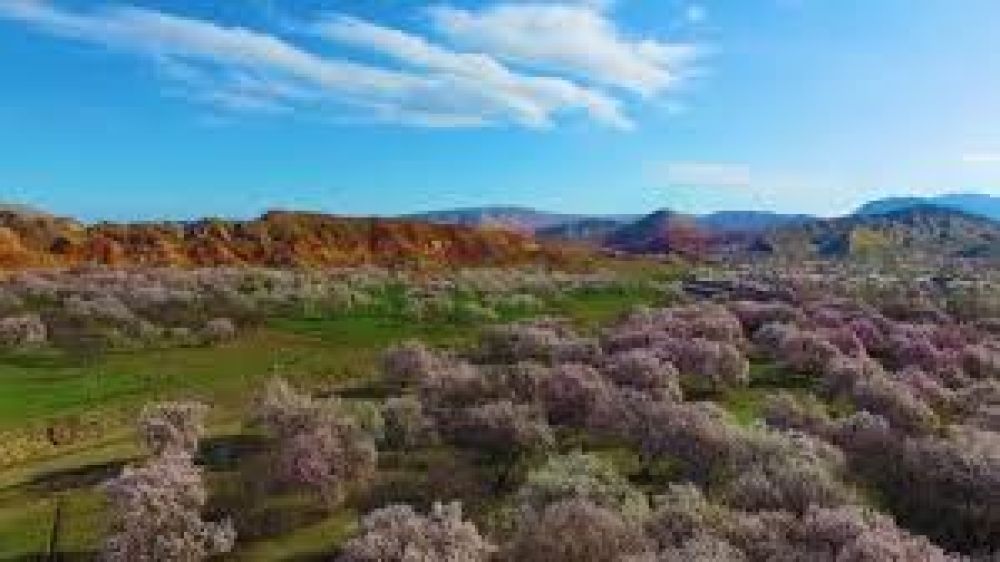

Located in the Sughd Province of Tajikistan, Isfara is a city steeped in history and culture. Despite its rich historical background and beautiful landscapes, Isfara is not as widely recognized as a tourist destination compared to other cities in the region. However, it has much to offer to those who venture into this part of Central Asia.
The history of tourism in Isfara can be indirectly traced back to the times of the Silk Road, when it served as a stopover for traders and travelers. During this era, Isfara and the surrounding areas saw a flow of diverse cultures and religions that left enduring imprints on the local heritage. However, these encounters were more commercial and explorative rather than for leisure or tourism as we understand it today.
The city experienced significant changes during the Soviet era. Although not a primary tourist destination, Isfara did see some boost in its infrastructure and accessibility, which later served as a base for developing tourism. However, the focus during this time was more on industrial development rather than promoting tourism.
Following Tajikistan's independence from the Soviet Union in 1991, the country embarked on a journey to redefine its identity and economic foundations. Tourism became one of the sectors identified for development and growth. Isfara, with its historical sites such as the Hazrati Shoh Mosque and Mausoleum complex, began to draw the attention of both domestic and international tourists interested in the pathways of ancient civilizations and Islamic architecture.
In recent years, there has been an interest in developing ecotourism and community-based tourism, which emphasize sustainable practices and local community involvement. Isfara’s proximity to the Fann Mountains and the tranquil rural life in nearby areas provides a perfect blend for such initiatives. Visitors can experience homestays, traditional cuisine, and participate in local customs and festivals.
Additionally, adventure tourism is gaining popularity, with travelers seeking trekking, rock climbing, and exploring the natural beauty of the region.
One of the major challenges facing Isfara's tourism sector is its relative obscurity and the lack of infrastructure compared to more prominent tourist spots. Nevertheless, with increasing global interest in off-the-beaten-path destinations, Isfara has the opportunity to position itself as a unique destination for cultural and adventure tourism.
Agencies and the government of Tajikistan are working towards improving transportation, accommodation, and marketing of tourist attractions. Embracing the digital age through online portals and social media are also becoming important tools in promoting Isfara to a global audience.
The future of tourism in Isfara shows promise with the city's blending of historical significance and untapped natural beauty. Efforts to advance infrastructure, along with strategic promotion, will be key in transforming Isfara into a notable stop for travelers exploring Central Asia. As international connectivity and interest in sustainable travel grow, Isfara may well find its place on the map of must-visit destinations for those eager to discover the richness of Tajik culture and the scenic allure of its landscapes.